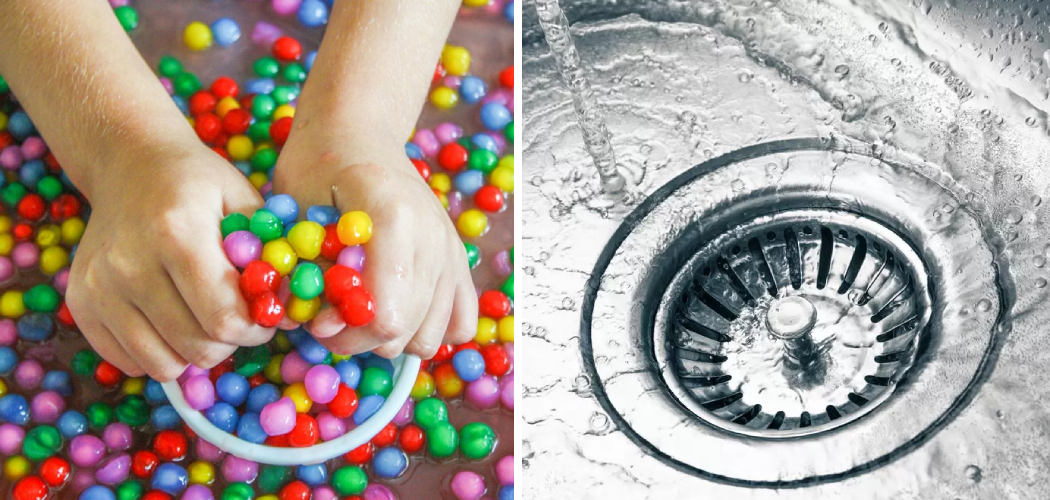Struggling to keep your drains clear of water beads? Water beads—also known as water marbles, crystal balls, or magic jelly balls—are often used in various art and science projects. But once they are infiltrated into the drainpipe drainage system, it becomes a real issue! left untreated, this can cause significant pressure buildup which can lead to costly repairs. So how do you solve this problem?
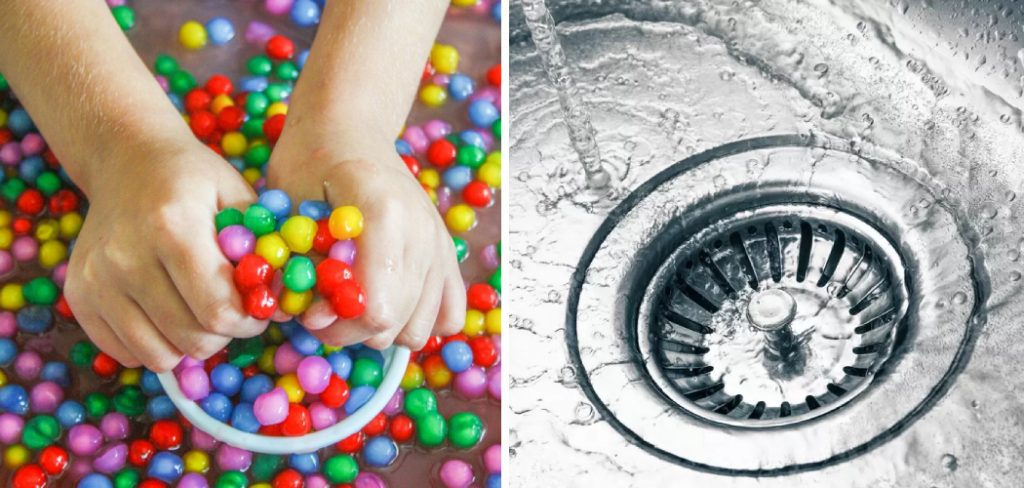
In today’s blog post, we’re going to show you simple steps of how to dissolve water beads in drain so that you won’t have any more headaches down the line.
Step-by-step Guidelines on How to Dissolve Water Beads in Drain
Step 1: Remove as Many Beads as Possible
The first step in dissolving these beads is to remove as many of them as possible from the drainpipe. To do this, you will need a pair of pliers and/or tweezers. Gently pluck out the water beads one at a time until all that remains are a few that are too small or stuck to the pipes. Removing the majority of them will help alleviate any potential blockages.
Step 2: Add Hot Water
The next step is to introduce hot water into the drainpipe. Boiling water works best for this as it helps to dissolve and break down the beads quickly. Slowly pour into a pot or two full of boiling water, making sure not to splatter onto yourself.
Allow the hot water to sit in the pipes for approximately 5 minutes before flushing it out with cold water. This will help flush any remaining beads and debris down the drain.
Step 3: Use a Pipe Cleaner or Plunger
If there are still some stubborn beads present, then you can use a pipe cleaner or plunger to help dislodge them. Slowly insert the tool into the drainpipe and move it around in a circular motion to massage out the remaining beads. Once you are done, flush out with more hot water until all of them are gone.
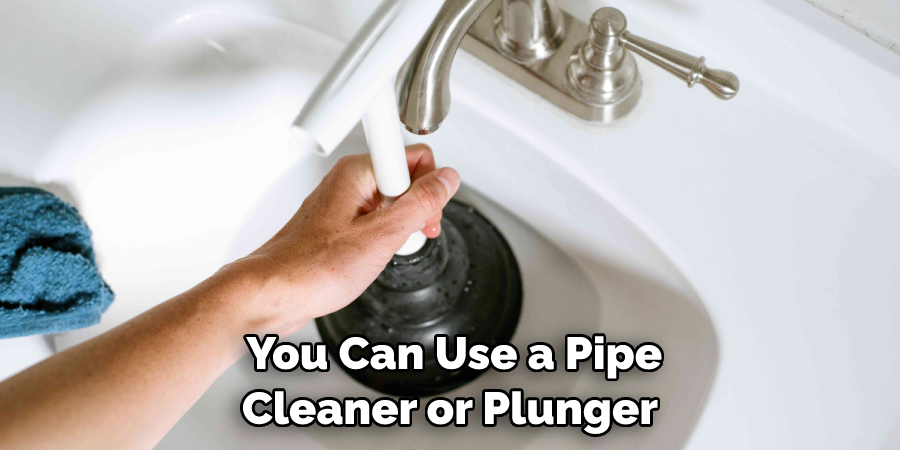
Step 4: Use a Drain Cleaner
If all else fails, then you can resort to using a commercial drain cleaner to dissolve the water beads. This is an effective way to quickly break down and remove any remaining sediment or debris that may be causing a clog. Follow the instructions on the back of the cleaner before using it as it could be potentially hazardous if used incorrectly.
Step 5: Prevent Future Blockages
Now that you have successfully removed the water beads from your drainpipe, it’s important to take preventative measures to ensure they don’t come back. Start by regularly flushing out your drainpipe with boiling hot water and make sure to inspect for any signs of blockage or damage. Doing this will help keep your pipes free-flowing and free from any potential damage.
Following these simple steps on how to dissolve water beads in the drain will help you get rid of any buildup and keep your drains running smoothly. However, if the problem persists then it’s best to contact a professional plumber for advice on the matter. With their expertise, they can identify any underlying problems and provide solutions that are tailored to your specific needs.
Additional Tips and Tricks to Dissolve Water Beads in Drain
- To make the process a bit easier, use warm water. Hot water may cause the beads to expand even more and make it harder for them to dissolve.
- Use some scrubbing brushes or a small plunger to help break up the clog and speed up the dissolution process.
- If you are dealing with a large amount of beads, you can also use a manual snake or auger to help break up the clog.
- To further speed up the process, try adding some baking soda and vinegar to the drain. This helps create an acidic environment which helps to dissolve the beads faster.
- If all else fails, you may want to consider calling in a professional plumber who has the experience and equipment to handle this type of problem.
- It is also important to remember that prevention is always better than a cure so try to be more mindful when trying to avoid water beads from entering your drains in the first place. This can include regularly cleaning out your drains, setting up screens on drain openings, and being careful with what products you put down your drain.
- Lastly, if your drain does become clogged with water beads, it is important to act quickly and not let the problem linger as this can cause additional problems in the future. By following these tips you should be able to successfully dissolve water beads from your drains.
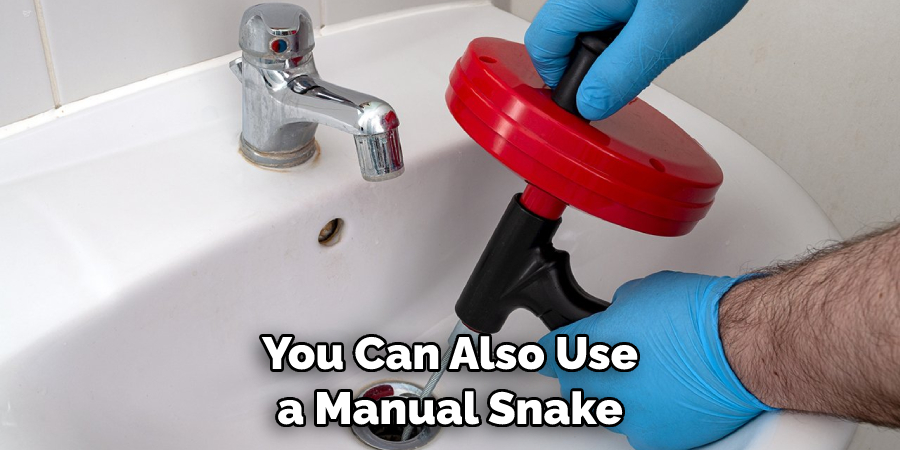
Following these tips and tricks should help you easily dissolve water beads from your drains. Moreover, it is important to be mindful of the products you put down the drain and to regularly clean out your drains in order to avoid water bead clogs in the future.
Things You Should Consider to Dissolve Water Beads in Drain
- First, you should understand what the water beads are made up of. Most commonly these are made of a combination of polymers and sodium salts that expand when liquids come in contact with them.
- You should also know if the drain has any kind of filter on it to stop debris from clogging it up more. This will help determine how much pressure can be used to dissolve the water beads.
- Next, it is important to determine what type of liquid you are going to use to dissolve the water beads. Hot or boiling water is usually the best option for this since it will help break down the polymers and sodium salts more quickly.
- You may also want to try a combination of hot and cold water for better results. This may help weaken the bonds of the polymers and sodium salts, making it easier to dissolve them.
- Once you have determined which liquids to use for dissolving the water beads, you will need a bucket or container that can hold enough liquid to cover all of the beads in your drain.
- After that, you should pour the appropriate liquid (hot or cold) into the bucket or container. Allow the water to sit for a few minutes before pouring it slowly into the drain.
- Finally, you should monitor the progress of the dissolution process and add more water as needed until all of the water beads have dissipated from your drain.
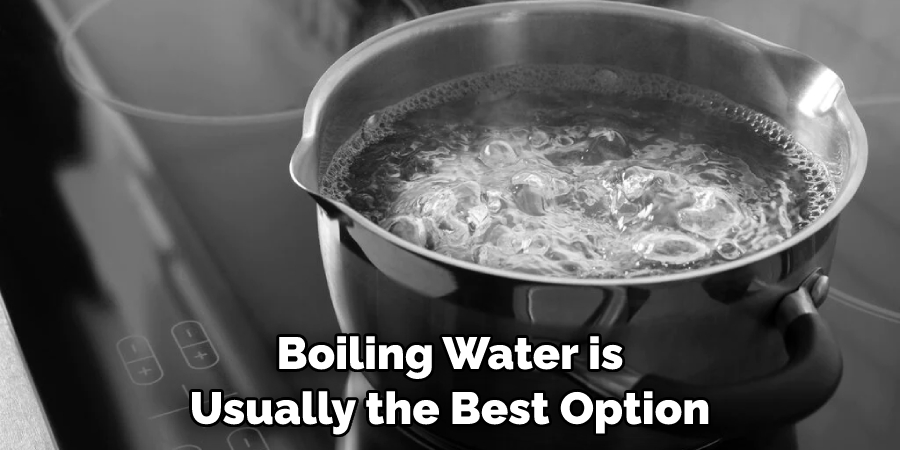
Following these considerations should help you dissolve water beads in your drain quickly and easily. Good luck!
Tips to Prevent Water Beads Building Up in Your Drain Again
- Make sure to regularly inspect your drains for any clogs or debris that may be blocking the flow of water. This will help keep the drainage system running smoothly and reduce the chances of water beads accumulating again.
- Clear any debris or waste that is in the drain so it won’t clog up and cause water beads to form again. This includes things like hair, food particles, and other solid objects.
- Make sure all of your pipes are tightly sealed so there are no leaks or gaps that can allow water to seep out and cause the water beads to form.
- Regularly clean out your drains with a mixture of hot water, baking soda, and vinegar to help break down any residue that may be causing blockages in the drain.
- Finally, it is important to make sure you are using the correct type of detergent when washing dishes and other items so as to not add any excess oils or soap particles that can contribute to the formation of water beads.
Following these tips should help ensure that you don’t have to worry about water beads building up in your drain again!
Precautions Need to Follow for Dissolving Water Beads in Drain
- Always wear protective gear such as gloves and a respirator mask when using chemicals to dissolve the water beads.
- Make sure that the drain is empty and dry before attempting to use chemicals to dissolve the beads.
- Use a sponge or cloth to wipe away any excess water from the walls of the drain before proceeding with chemical treatment.
- Choose an appropriate chemical for the job. Common choices include lye, bleach, and boiling water.
- Carefully follow instructions on the label of the chosen chemical to ensure proper safety measures are taken while mixing and using it.
- Pour a generous amount of the chemical solution down the drain, ensuring that it comes in contact with all sides of the drain walls.
- Allow the chemical to sit in the drain for several minutes before rinsing with cold water to remove any residue.
- Use a plunger or snake if necessary to make sure that the drain is completely free of clogs and blockages.
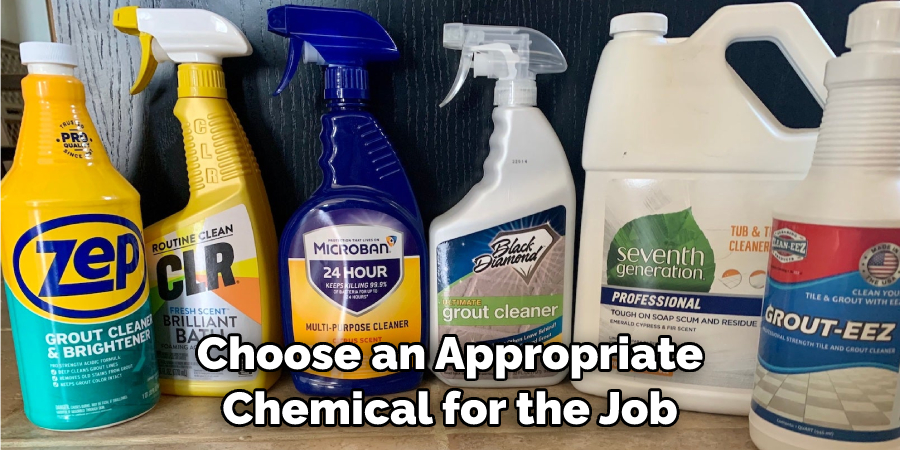
Following these precautions will ensure that the water beads are dissolved safely and correctly. It is important to take care when using any chemicals in order to protect yourself from harm, as well as maintain the health of your plumbing system. Additionally, it is advisable to call a professional if you do not feel confident about attempting to dissolve the beads on your own.
Frequently Asked Questions
What Should I Do if the Water Beads Are Not Dissolving Completely?
It is possible that the water beads have become too large or are stuck in a clog. If this is the case, you may need to remove them manually. To do so, use a plumber’s snake to break up and dislodge any blockages before attempting to dissolve the water beads. If this does not work, you may need to call a professional plumber for assistance.
Are There Any Harmful Chemicals That I Should Be Aware Of When Dissolving Water Beads?
No, water beads are made from a safe polymer that is non-toxic and free of any hazardous chemicals. However, it is best to wear gloves when handling the beads so that you do not irritate your skin. Additionally, take precautions when using any chemical products or solutions to dissolve the water beads.
Are There Any Other Ways to Unclog a Drain?
Yes, there are other ways to unclog a drain without using water beads. For example, you can use a plunger, drain snake, or chemical products. It is always best to try the more natural methods first before attempting any drastic measures. If these do not work, then you may need to call a professional plumber for assistance.
Is it Possible to Avoid Clogs in My Drains?
Yes, there are several steps that you can take to help prevent clogs in your drains. First, make sure to dispose of any solid items like paper towels and food particles properly. Second, use a drain guard or sieve to strain out larger pieces that could block the drain. Finally, try not to pour oils and grease down the drain as these will quickly accumulate and cause a blockage. Following these tips can help to reduce the risk of clogged drains in your home or business.
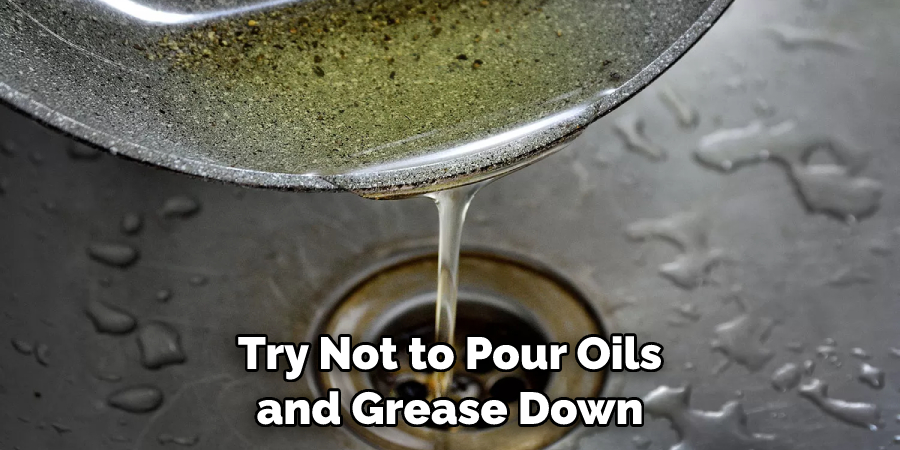
Conclusion
Now you know how to dissolve water beads in drain and the precautions you should take. Additionally, you are aware of the other ways to unclog a drain and tips to help avoid clogs in the first place. With this knowledge, you can keep your drains clean and running properly for years to come!

